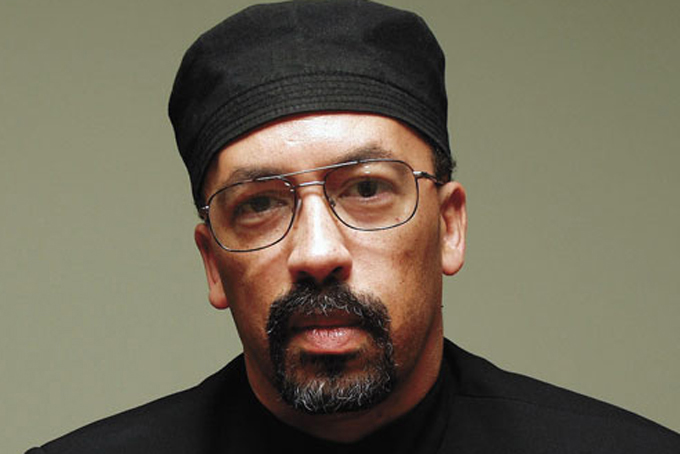
(NNPA)—St. Patrick’s Day has its rituals, but one that is not considered is any discussion of race.
Having grown up in the Northeast, I am used to the St. Patrick’s Day parades, the celebration of Ireland, and, sometimes, the demand for a united Ireland. What is generally missing from discussions during this time period is anything having to do with race. Yet race is a central factor for both Ireland and, ironically, Irish Americans.
The manner in which we understand “race” today is directly related to the English conquest of Ireland in the 1500s. The English introduced a form of oppression of the indigenous people that ended up being very effective. They expropriated their lands, crushed their religion, totally eliminated their ruling class, and instituted a form of colonial rule through which the native Irish were defined in law and custom as inferior. The English defined themselves as a superior “race” compared with the indigenous Irish. And they proceeded to keep Ireland as a colony until the 1920s, and have kept the northern part of Ireland (the six counties) colonized to this day.
In order to guarantee their domination of Ireland, the English sent in settlers from England, Scotland and Wales, giving them the best land and privileging them over the native Irish. The settlers, whether rich or poor, in a pattern that became familiar in other parts of the world as colonialism spread, were always in a superior position to the native Irish. For all intents and purposes, the Irish had no rights that the settlers were bound to respect.
Fleeing English oppression and poverty, thousands of Irish set out for other parts of the world. When they first came to North America, while the British still occupied what is now the U.S.A. and into the mid-1800s, the Irish were treated as something other than what we would today call “White.” The real White people were English, French, Germans, Nordics, but not the Irish.
The Irish periodically joined hands with Africans and Native Americans in fighting injustice, such as in the famous 1741 slave insurrection conspiracy in New York. Yet, by the middle of the 1800s, the Irish found themselves in the process of becoming “White” as the larger society needed more settlers in order to ensure the success of the process of the domination of North America.
Thus, the irony is that Irish fled an oppressive system that defined them as an inferior “race”—despite no difference in color from the oppressors—only to enter into a system where they were encouraged to abandon other victims of racial oppression—such as Africans, Native Americans, Mexicans, and Asians—in favor of becoming loyal “White people.”
Here is the other irony: the indigenous Irish (Catholics) of Northern Ireland remain dominated by the British and their Loyalist allies. The Irish (Catholics) continue to perceive themselves to be victims of what they describe as “anti-Irish racism.” Yet, this matter of racism, whether “anti-Irish” or anti-Black, rarely enters into discussions among Irish Americans, whether on St. Patrick’s Day or any of the other 364 days of the year.
(Bill Fletcher Jr. is the host of The Global African on Telesur-English. He is a racial justice, labor and global justice writer and activist. Follow him on Twitter, Facebook and at www.billfletcherjr.com.)
Why I didn’t wear green on St. Patrick’s Day

BILL FLETCHER JR.